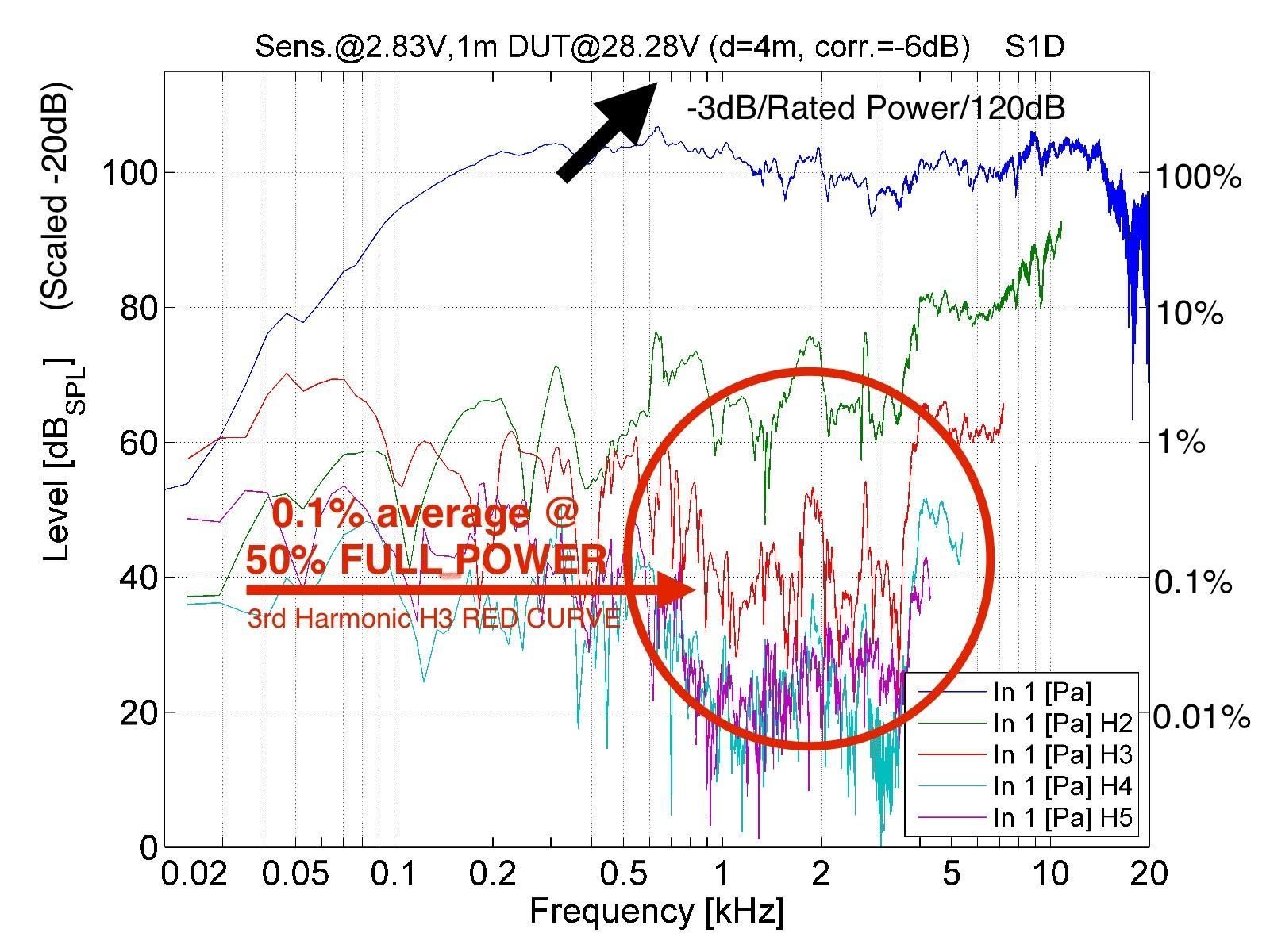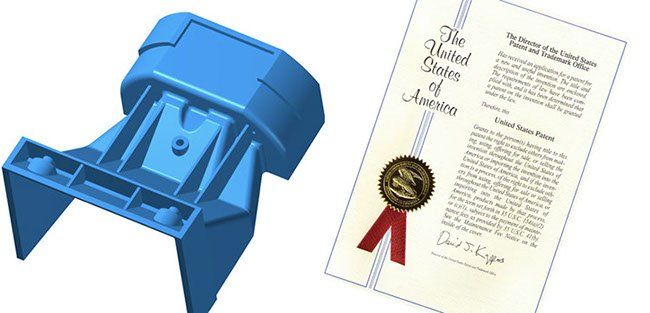Expanding point-source, the Story of S-series
Sum of all parts and virtual enclosure width

It was a rainy night in Glasgow, early 2018. Two years prior we had applied for a patent for Passive End Fire Technology. First applied to subwoofers by this time it was apparent that the passive cardioid solution we had invented was even better suited to upper bass or low mids depending on how you look at it. Going from 5m average wavelengths to 2m wavelengths, approx 160Hz band-pass complies well with 50cm cube enclosures which again are the most common compact touring "top" speaker cabinet size. This all made sense.
When combining the Passive End Fire philosophy to a coaxial multiway loudspeaker the virtual size of the enclosure can be expanded almost three times the actual size, in other words the real size reduced to a third. Reason being the radiating surface consisting not just the front baffle but sides and in some cases, like with S1, the rear side too radically expand the wavefront created at the low frequencies and hence creating an uniform radiating surface large enough to control the wave front much larger than the single driver could.

Then adding up M6 mid range combined with the newly developed HF section and ”voila!” we have created a 4-way beast with all four bands and individual drivers having their acoustical centers right at the back of the enclosure, a true point-source!
This is further defined and refined by a passive cross-over with increasing order filters going up from first order for LF to 5th order for HF.
20dB reduction of 3rd harmonic at 500-5kHz ”vocal range” and why it matters?
Let’s go back to tech talk part 1 see where were at ten years later. Weirdly enough pretty much at the same place where we were back then with M6 being just developed. The only major update we did was to create a coaxial HF section and that took a good three years to finalize. Over the last decade there’s been some major developments in terms of refining mid range drivers as well as coaxial annular diaphragm drivers. Although there have been some improvements with frequency response linearity and overal power handling, there has not been major leaps in harmonic distortion reduction, especially in third harmonics. This is mainly due to high compression ratios used to create the higher sensitivity.
A clear advantage of using a mid range driver such as M6 with high crossover point instead lowering the crossover below 3kHz with any type of high frequency driver is the ability to take advantage of the acoustical low-pass behaviour of horn-loading. This is mainly accomplished by the front chamber of the horn and the spring like force created by the air volume in it. Reason why this is so effective is because the horn or waveguide is last in line after all non-linearities caused by or within the driver before the wave hits the air and eventually our ears.

The way we designed M6 was to reach the 4kHz mark that in our philosophy represent the critical point when reproducing vocals, distorted guitars and keyboards. 5kHz and upwards makes less damage in terms of third and upper harmonics as those harmonics are above our hearing and in my opinion in that sense less relevant.
So why do we think this is important? First of all as previously stated our ears are particularly sensitive in the higher mid range and while this is mainly part of human evolution and eventually comes down to survival of the species, the other more relevant factor is clarity, transparency and less fatigue in your ears after a long show. All harmonics while they might sound ”interesting” still ocupy our brains a lot while the brain tries to find the right sounds from the chaos it is receiving. Think about being in a noisy party and trying to follow a conversation for example. Afterwords you feel tired and for a good reasion.
Another way of looking at it is to think about what happens to the harmonic content of let’s say tube amped guitar sound mainly consisting of second harmonic. That second harmonic is multiplied by the second and particularly third harmonic when coming out of the speakers creating 4th and 6th harmonics but also the multiples of the main harmonic.
Come rain or shine, but rain particularly...
Active speakers vs passive multiway speakers
Do we want to get our electrinics wet, while some might argue it’s not a problem, we believe most of us would not prefer that if given a choice. In that case the passive speaker option is really the only way to go. Within that frame work the next challenge we would face is the complicated amplification and heavy cabling to accompany that.
The solution is simply passive crossed over passive end fire multiway loudspeaker. One amplifier channel required and much less wiring!
to be continued...

